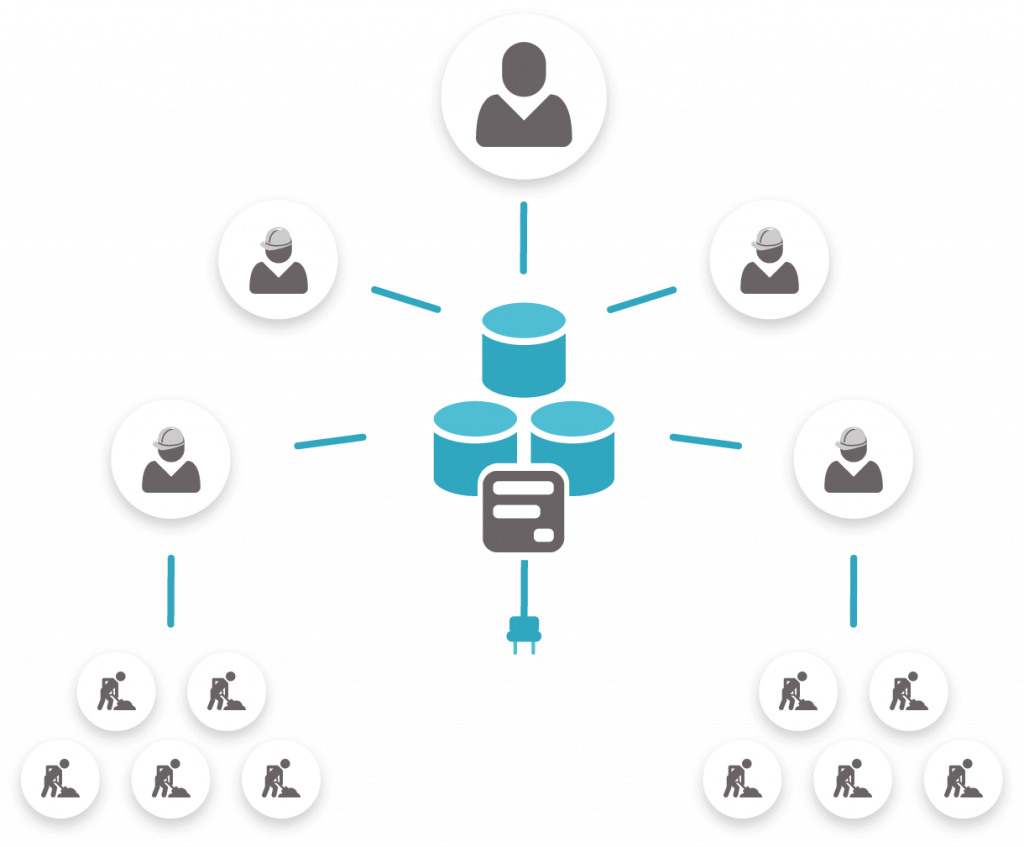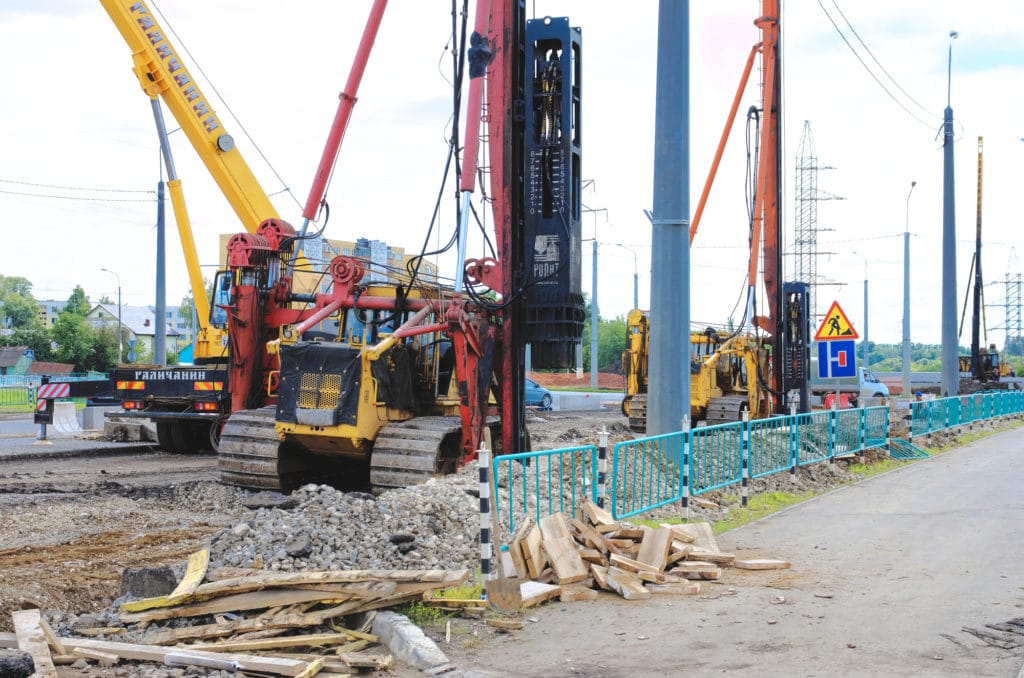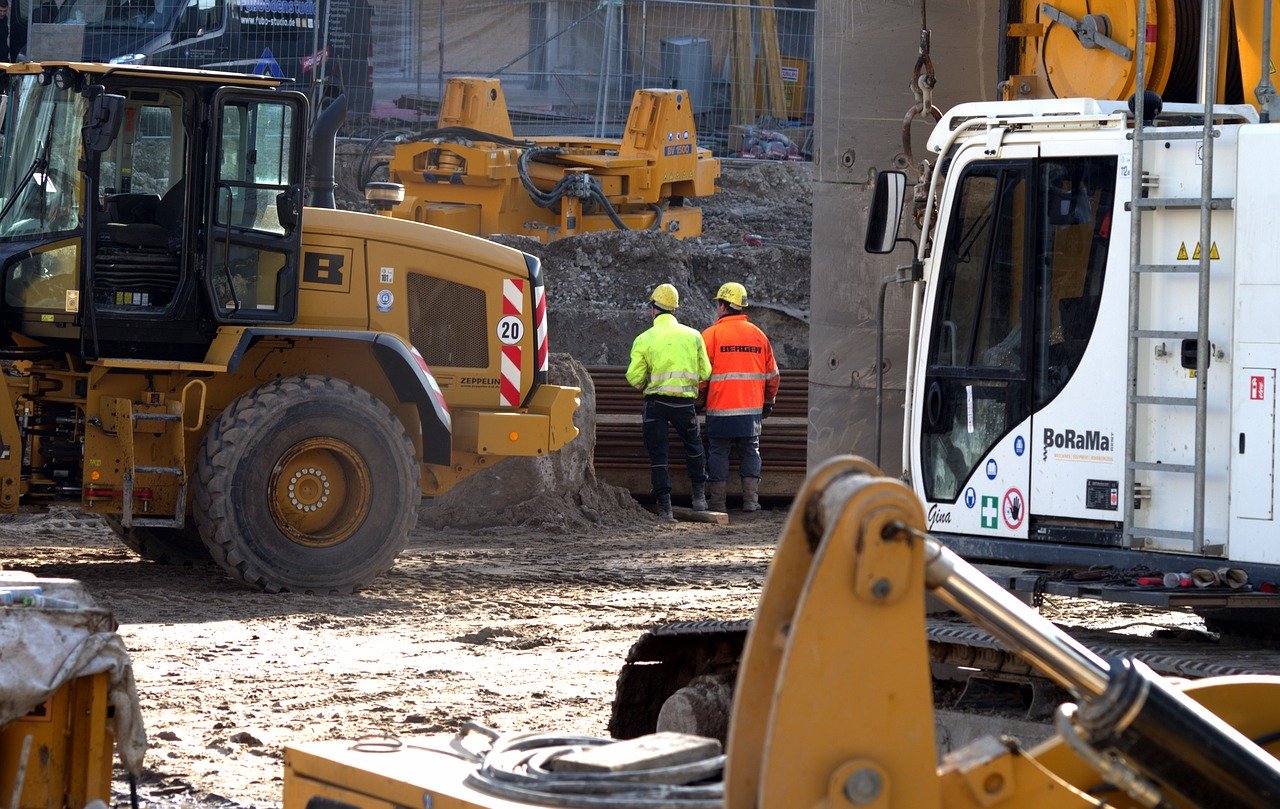Infrastructure projects are vital for every country around the world. It’s what allows us to commute on a daily basis or to have power in the buildings we are living and working. Schools, motorways, new metro stations are only a few examples of why infrastructure construction projects are so important for a nation.
Entering the digital era, the development of infrastructure projects is increasing at a high pace. That is the result of a number of factors such as the boost of the global population and the serious lack of affordable housing.
On top of that, the need for smart and data-driven infrastructure is more imminent than ever before. Without exaggeration, it can pave the way for the emergence of cities that are better connected with each other and have effective and intelligent structures.
In the United Kingdom alone, it is expected that during 2019 the infrastructure output forecast will rise to 13.1% as a continuation of the big investment on large infrastructure projects in subsectors such as electricity, water and sewerage and rail.
What is infrastructure project management?
It is already clear that infrastructure construction projects can improve both the economic production of society and the quality of life of its members. In that sense, the value of up-to-speed infrastructure project management is immense.
Infrastructure project management could simply be defined as the management of infrastructure construction projects. From a general point of view, it follows the same processes and principles as other categories of project management in construction.
The slightest delay in one aspect of an infrastructure project may lead to serious delays in the entire project resulting in budget overruns and costly disputes between the different stakeholders.
“Within the industry, the programme is king. If we don’t deliver on time, it’s going to cost us more money or alternatively costs someone more money,” explains Matt Ghinn, Project Director at VolkerFitzpatrick.
Types of infrastructure construction projects
Of course, not all infrastructure construction projects are the same. Despite the similar pains they have to battle against, there are a number of different types of such projects. In a nutshell, here are the main categories of infrastructure construction projects:
- Roads and highways: One of the most common types of infrastructure construction projects. When it comes to roads, these projects mainly focus on repair and maintenance as the reconstruction of an entire road can be pricey. In the case of a highway, things might differ a bit with the reconstruction or expansion to be considered as one of the main options.
- Airports: Airports are in need of continuous improvements and expansions. In an effort to provide services of high quality and resolve the air traffic congestion, airports invest both in constructing new runways and creating more utility areas for the passengers.
- Energy network: According to the CPA (Construction Products Association), electricity is the largest subsector of infrastructure projects in UK construction and it is expected to grow exponentially by 2020. Such projects may focus on power generation or transmission. In addition, maintaining and/or repairing a power plant can also be a part of this process.
Read also: How to ensure your 3-6 week planning will be delivered on time
- Rail: The development and maintenance of rail depots and infrastructure is another area of great activity in infrastructure projects. Their main goal is to reduce congestion for passengers, support the regeneration of different neighborhoods and connect cities and areas in a quick and efficient manner.
- Telecommunications infrastructure: Telecommunications cover a wide spectrum of technologies and services that connect the entire world. Depending on the geographic location the quality of telecommunications might vary.
- Water infrastructure: Water infrastructure projects ensure that all citizens can have access to the most precious good on Earth. Projects that fight water scarcity and projects that facilitate its distribution are two of the most characteristic examples of water infrastructure projects. It goes without saying that the nature of such projects may differ from country to country depending on the local climate.
- Bridges: Another common yet very important infrastructure project has to do with the construction or repair of bridges. They can provide great service with regard to alleviating traffic but they come with huge admin burden. One of the biggest challenges is the maintenance/repair of bridges as they continuously accommodate a large number of people.
- Waste management: Regardless of the type of waste, waste management projects hold a significant role in the effort to keep both the people and the environment safe. This could translate to projects that focus on the removal and transportation of waste and dangerous materials out of the cities.
- Social infrastructure: Schools and hospitals are two of the most classic examples of social infrastructure. Simply put, it’s the infrastructure that is targeting to provide a service of societal value to the public.
What is the difference in Infrastructure Management and Construction Management?
Infrastructure management and construction management might cross paths at some project stages but they have one major difference. Infrastructure management covers a wider spectrum of project phases from design to construction, legal, finances, and operations.
In other words, infrastructure management focuses on managing the infrastructure over its entire lifecycle. What is more, infrastructure management projects are usually addressed to a bigger part of the society and involve the State as the Client or at least one of their main stakeholders.
Find here: Contract award playbook – What to do when you have just been awarded a contract
At the same time, construction management is mostly dedicated to what’s going on during the construction phase of the project. From real-time planning and progress reporting to on-site checking and follow-up, construction management is mainly about building and/or repairing a new structure rather than managing every single aspect of it.
The biggest challenges of infrastructure project management
Managing an infrastructure project isn’t easy. There are a plethora of parameters that should be taken into account for a project to start and complete on time and on budget. Stakeholders and tasks are inextricably connected to each other so every alteration to the agreed plan matters.
That being said, it is of paramount importance that the programme is followed with precision and that all stakeholders have access to a centralised hub where all information is stored. In that way, nobody is working on an outdated version of the programme and costly misunderstandings are avoided.
All in all, here are some of the biggest challenges that emerge on a typical infrastructure project in construction:
- Finding a way to increase work efficiency across many stakeholders
- Facilitating better communication on and off-site
- Tracking project performance effectively
- Collaborating and communicating efficiently with all project stakeholders
- Having traceable contractual requirements
- Checking project status in real time
It becomes easily evident that a unified digital platform could help industry stakeholders increase efficiency and improve communication while ensuring adherence to contractual obligations.
“We often have it where a contractor would turn up and find they can’t get on with their work because the previous works haven’t been completed. If they’re on site, it’s more of a problem than if you tell them a week out. If you can tell them two weeks out, it’s even better. So LetsBuild actually helps us in getting that visibility of seeing if we are going to be on time. So we can warn people as quickly as we can and deal with the problems.” says Matt Ghinn.
This goes to show that timely communication and smooth collaboration across the supply chain can make a big difference between success and failure in infrastructure projects and improve productivity in delivery.
How infrastructure project management software can boost efficiency
Increasing the efficiency of the planning system, while also driving an effective long-term strategy for the sector should be seen as a priority. However, becoming better in delivering projects on time and on budget is no child’s play.
There are certain steps that should be followed in order to ensure a successful result. In short, here are five ways infrastructure project management software can help you boost the efficiency of your projects:
1. Benchmarking for better performance
That’s the first step to the standardisation of the sector. Introduce the tools and processes that will allow you to establish accurate benchmarks so that you can identify the design, budget and operational needs of a project before it begins.
In that way, you can mitigate risk and pave the way for an open and highly collaborative data ecosystem where all stakeholders can receive and submit updates in real time. It goes without saying that precise data collection and analysis is an integral part of this process.
Lastly, defining the desired results and outcomes from this infrastructure investment is also vital and will add more clarity in your effort to introduce best practices and benchmarks of performance.
2. Alignment and integration
 Working with a range of software tools for different disciplines and functions is a given on most infrastructure projects. Integrating these tools and processes on one platform ensures optimal and efficient use of data.
Working with a range of software tools for different disciplines and functions is a given on most infrastructure projects. Integrating these tools and processes on one platform ensures optimal and efficient use of data.
Through software integrations you can enhance the utilisation of your existing systems and combine factors such as time, cost, quality, safety, and resources.
In LetsBuild, for instance, you can bring the data from your existing systems into the platform and work with a live plan. This will allow you to have LetsBuild as your digital backbone to manage your projects across all tools.
3. Better connection between the client and the supply chain
Creating a better communication flow across the supply chain is substantial for the success of every infrastructure project. Adding also the client to the equation can guarantee that a project will proceed with fewer delays and misunderstandings.
By using a reliable digital tool all project sides can have the transparency and overview they need to take control of their projects. This will allow for more proactive and effective meetings and help the different stakeholders to learn through data from past projects.
4. Smart reporting
Reports take a lot of time and effort in the course of any infrastructure project. With a digital tool, like LetsBuild, you can combine with 1 click all your data into valuable and detailed construction reports.
Like that, you can easily distribute field reports periodically and communicate overall process. In addition, you can record all the necessary information for your site diary and daily logs without having to deal with the enormous admin and mental burden that come with it.
Finally, by keeping a detailed record of every action around the project you will never have to wonder what actually happened and you can easily retrieve any information that you might need at any time.
Everything starts from user adoption on site
From this corner, we have many times referred to the importance of digital adoption on site. The sector tends to focus a lot on the value that a 3D model or a digital twin can bring to the building process failing to consider the key component of it. That is data and, by extension, digital adoption.
A BIM model is only as precise and useful as the bits of information fed to it. In that aspect, on-site adoption should be perceived as one of the most decisive factors for your success when it comes to infrastructure project management. This is why the simplicity of the tools that your organisation uses matters so much.
People on site should be able to report progress and submit their latest updates from the field just by using their mobile or tablet device. The easier the data capturing progress is the simpler it will be for the on-site personnel to use the new technologies and join the digital revolution that you want to initiate.
This doesn’t mean that you should ignore the value that a 3D model can offer. However, there are different levels of transparency depending on someone’s role in a project.
Find out more: BIM software guide – 3D is nice but data is what you need
A BIM manager could use a well-visualised 3D model but the people on site they can go on with their tasks just fine by using an easy, yet intuitive, 2D version of the model. And that’s why simplicity for the user should be seen as a priority when we refer to digital adoption.
All in all, infrastructure projects are tough to manage but with the right tools and processes, the chances for a successful project are drastically increased. At the end of the day, it’s data that holds the true power and can transform the entire industry.




